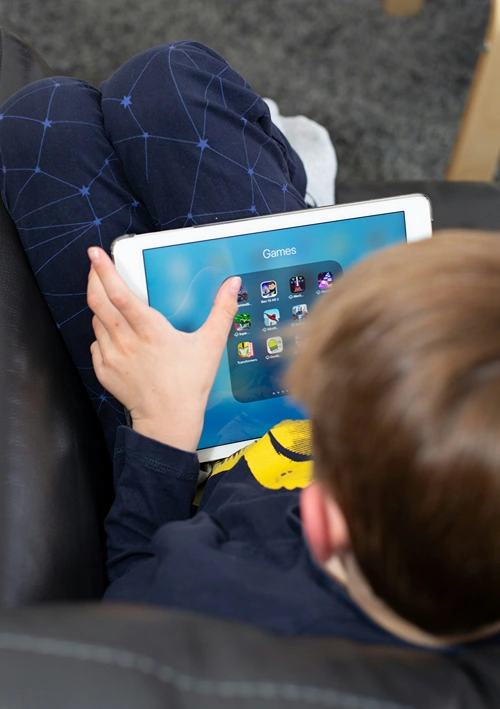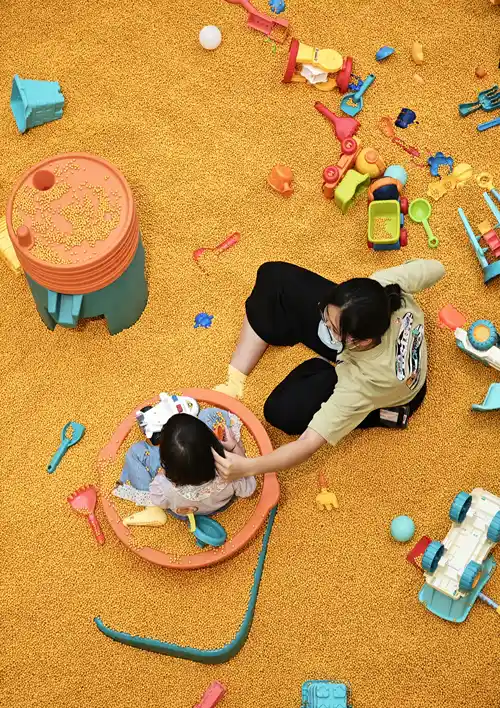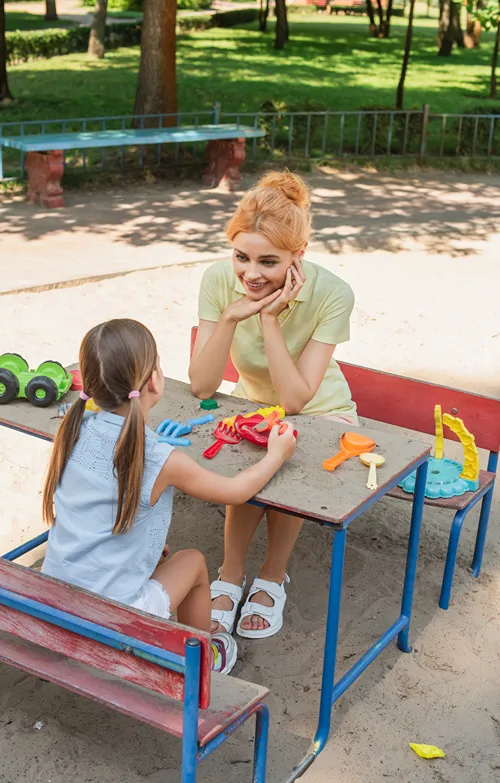5 Benefits of Kids Playing With Miniature Animal Figurines
Miniature animal figurines have been a favorite among children for generations. These timeless toys captivate kids with their variety and realistic designs, making them an engaging form of play. These small toys provide children with opportunities to develop essential skills. Let’s explore the incredible benefits of kids playing with miniature animal figurines.
Enhances Creativity and Imagination
Miniature animal figurines are fantastic tools for imaginative play, which is essential for cognitive and emotional development. Children often create intricate storylines and scenarios while engaging with these small toys, sparking creativity and stretching their imaginations. Whether inventing new habitats or acting out adventures, this form of play lights up their ability to think outside the box. Imaginative play is particularly beneficial for children with autism, as it can foster creative expression and enhance emotional communication.
Imaginative Play at Its Best
Through pretend scenarios, kids can explore different roles and situations. This type of play not only boosts creativity but also enhances problem-solving skills as children figure out how various characters interact with each other. Over time, these skills play a critical role in shaping their ability to think critically and approach challenges creatively.
Develops Fine Motor Skills
Handling small figurines helps kids refine their fine motor skills. Grasping, positioning, and moving the figurines allow children to improve their hand-eye coordination and dexterity. These actions strengthen the small muscles in their hands and fingers, laying the foundation for everyday tasks such as writing, drawing, and even tying shoelaces.
By consistently engaging with these miniature toys during play, children develop better control over their movements. The repetition involved in arranging and playing with these small items gradually builds their precision and coordination.
Encourages Learning About Animals
Miniature animal figurines offer kids an interactive and hands-on way to learn about various species from around the world. These toys cultivate curiosity and a sense of wonder about the animal kingdom. Kids often naturally ask questions about the creatures they’re playing with, like where they live, what they eat, or what makes them unique.
For younger children, this learning process can introduce basic categories, such as mammals, reptiles, or birds. Meanwhile, older children might take it a step further by researching animal habitats or behaviors. Parents can even use figurines as a conversation starter for broader topics such as endangered species or environmental conservation.

Promotes Social Skills
When children play with miniature animal figurines in groups, they have excellent opportunities to socialize. Cooperative play requires them to communicate, share roles, and collaborate on creating stories. This practice develops essential social skills, including teamwork, negotiation, and conflict resolution, which are vital in everyday interactions.
Additionally, role-playing between figures encourages empathy. Children naturally develop a better understanding of perspectives and emotions while assigning different traits or behaviors to each animal. These interactions, though seemingly simple, nurture emotional development and improve their ability to relate to others.
Provides Screen-Free Entertainment
With digital devices dominating modern playtime, miniature animal figurines offer a refreshing, screen-free alternative. Parents often seek ways to establish limits on screen time, and these toys provide a productive solution. Figurines are compact and versatile, making them easy to incorporate into various play settings, whether at home, on trips, or in the classroom.
By playing with figurines, kids engage in self-directed, focused entertainment that sharpens their attention spans. These small toys encourage creativity and exploration, keeping children engrossed without relying on screens for stimulation.
Why Miniature Animal Figurines Work for Everyone
Miniature animal figurines truly stand out as a fun and educational play option. They not only entertain but also foster key developmental skills, such as creativity, motor coordination, social interaction, and learning. Whether your child enjoys creating their worlds, learning about animals, or playing with friends, these figurines offer endless opportunities for growth and development.







